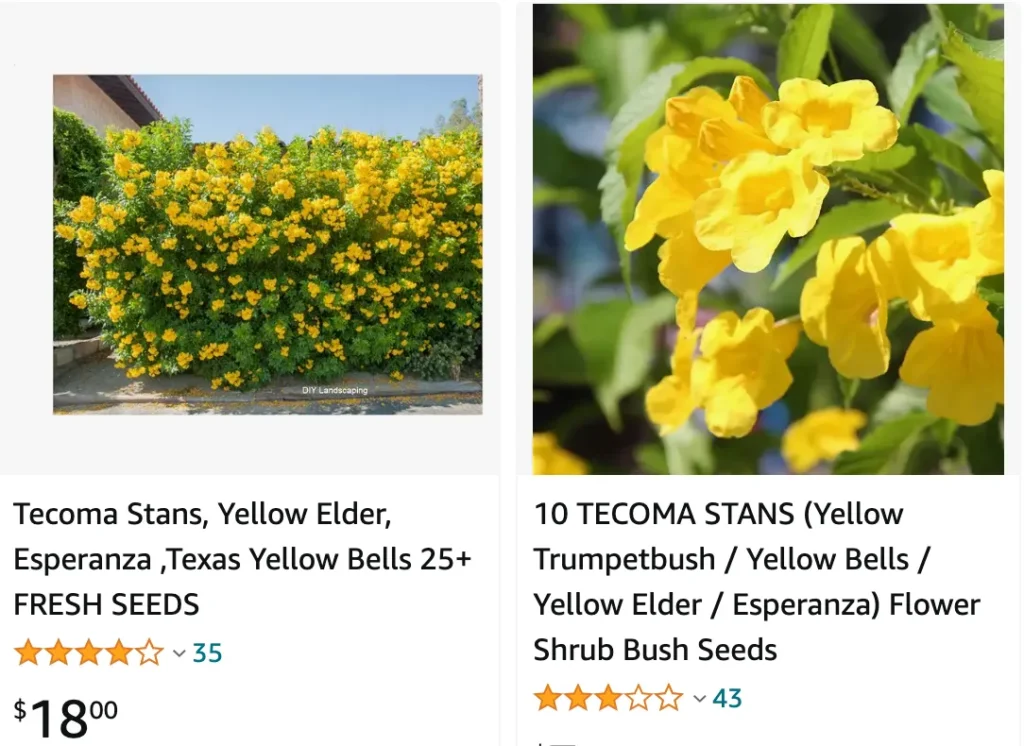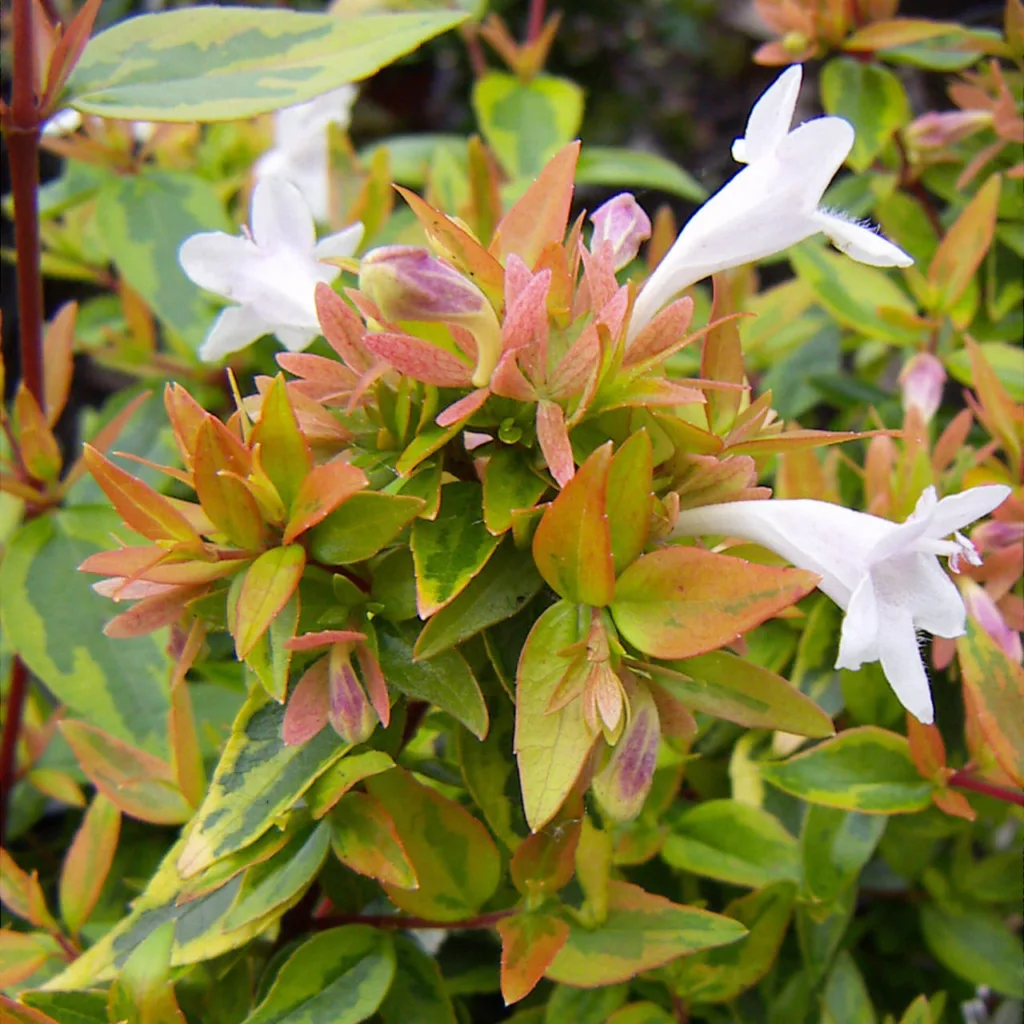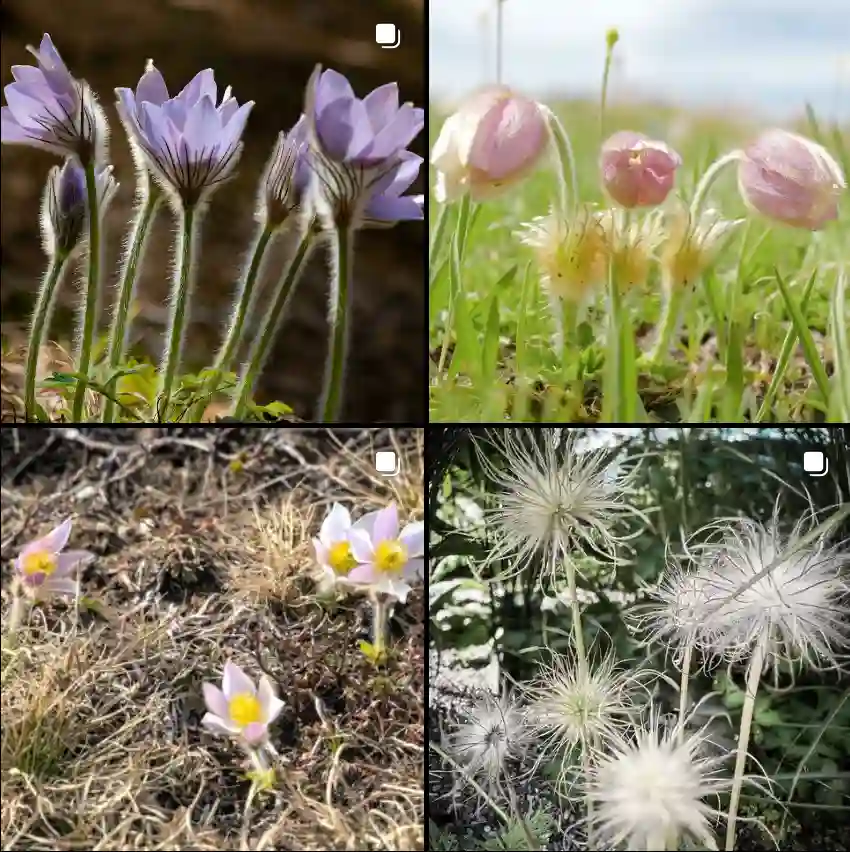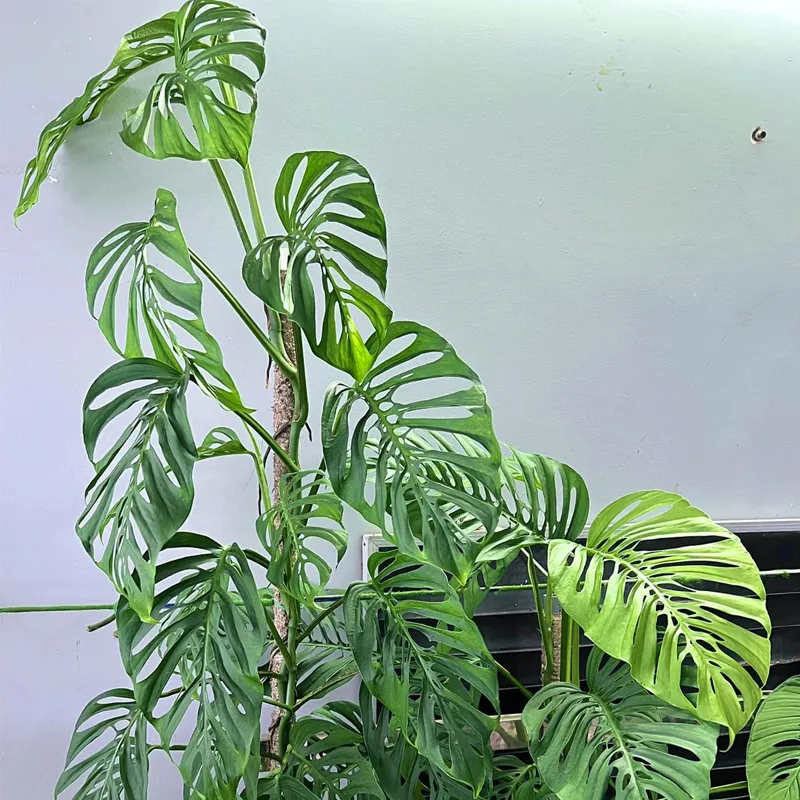
All About Turnera Ulmifolia: From Flower to Potential Antibiotic Booster
Hey there, Ferb Vu here. Today, we’re diving deep into the world of Turnera ulmifolia, a plant with a surprising amount to offer. Whether you’re a botanist, gardener, or simply curious about the natural world, this FAQ will equip you with the knowledge you seek.
141 Species in Genus Turnera
What is Turnera Ulmifolia?
Turnera ulmifolia, also known as ramgoat dashalong or yellow alder, is a flowering plant belonging to the Passifloraceae family. Native to Mexico and the West Indies, it’s known for its vibrant yellow blooms and slightly shrubby appearance.
How can you identify Turnera Ulmifolia?
Here are some key features to look for:
- Growth habit: It typically grows upright, reaching heights of around one meter.
- Leaves: The leaves are lanceolate, with prominent veins and serrated edges.
- Flowers: The star-shaped flowers are the showstoppers. They boast five bright yellow, oval-shaped petals with rounded tips. However, these beauties are short-lived, blooming around sunrise and wilting by mid-morning.
Lookalikes: Be aware that Turnera ulmifolia can resemble other plants, particularly in its early stages. Consult a reliable plant identification guide or app if unsure.
Turnera Ulmifolia vs Turnera Diffusa
I’ve grown Turnera Ulmifolia in my garden and loved its bright yellow flowers and low-maintenance nature, but I found Turnera Diffusa to be a bit more delicate and less showy in comparison, although it has its own charm with a slightly more sprawling growth habit.
Where does Turnera Ulmifolia grow?
This adaptable plant thrives in various environments. It’s commonly found:
- Sunny or partially shaded areas
- Dry soils
- Roadsides
- Wastelands
In some regions, it’s even considered a weed due to its prolific growth.
How is Turnera Ulmifolia different from Turnera diffusa?
Turnera diffusa, another member of the Turnera genus, shares some similarities with Turnera ulmifolia. Both have yellow flowers and a preference for sunny locations. However, key differences exist:
- Size: Turnera diffusa is generally smaller, reaching only about 30 centimeters in height.
- Leaves: The leaves of Turnera diffusa are typically ovate or elliptical, while Turnera ulmifolia’s are lanceolate.
- Flowers: Turnera diffusa’s flowers tend to be smaller and have a more intense yellow color compared to Turnera ulmifolia.
Remember: When identifying these plants, focus on the combination of features, not just one isolated characteristic.
Does Turnera Ulmifolia have medicinal uses?
Traditionally, Turnera ulmifolia has been used in various folk remedies. However, scientific research is still ongoing. One interesting area of exploration is its potential to enhance the effectiveness of antibiotics against certain strains of bacteria, including methicillin-resistant Staphylococcus aureus (MRSA). This is a promising avenue, but more studies are needed to confirm its efficacy and safety.
Important Disclaimer: I cannot provide medical advice. If you’re interested in the potential medicinal uses of Turnera ulmifolia, consult a qualified healthcare professional.
Can I grow Turnera Ulmifolia in my garden?
Absolutely! Turnera ulmifolia can be a lovely addition to your garden, especially if you enjoy vibrant flowers. Here’s a quick care guide:
- Sunlight: Provide full sun to partial shade.
- Soil: Well-draining soil is crucial.
- Watering: Water moderately, allowing the soil to dry slightly between waterings.
- Propagation: You can propagate Turnera ulmifolia from seeds or cuttings.
Remember: Research your local climate and growing conditions before planting.
Is Turnera Ulmifolia safe for pets?
While Turnera ulmifolia isn’t typically considered highly toxic, it’s always best to err on the side of caution. Keep the plant out of reach of pets to avoid any potential stomach upset.
Final Thoughts on Turnera Ulmifolia
Turnera ulmifolia is a fascinating plant with a unique combination of beauty and potential medicinal properties. Whether you appreciate its cheerful blooms or are curious about its scientific possibilities, this plant offers something for everyone. Remember, responsible gardening practices and consulting with professionals are key when dealing with any plant, especially if considering its medicinal use.
If i die, water my plants!



